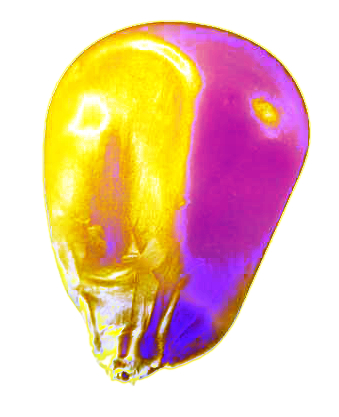Floating farms tested
 Australian researchers are testing designs for floating sea farms to ease food shortages.
Australian researchers are testing designs for floating sea farms to ease food shortages.
Harnessing the boundless resources of the sun and the sea, the project envisions vertical sea farms afloat in the open ocean, capable of generating freshwater for both drinking and agriculture.
These self-sustaining, solar-powered systems, a world-first innovation, could extract seawater, convert it into freshwater, and cultivate crops autonomously, all without human intervention.
With the world's population projected to reach 10 billion by 2050, the implications of this discovery are profound.
Professor Haolan Xu and Dr Gary Owens from UniSA's Future Industries Institute have designed this vertical floating sea farm, composed of two chambers - an upper layer resembling a glasshouse and a lower water harvesting chamber.
“The system operates much like a wicking bed that gardeners may be familiar with,” says Dr Owens.
“However, in this case, clean water is supplied by an array of solar evaporators that soak up the seawater, trap the salts in the evaporator body and, under the sun’s rays, release clean water vapour into the air which is then condensed on water belts and transferred to the upper plant growth chamber.”
In an experimental trial, the researchers successfully cultivated three common vegetable crops - broccoli, lettuce, and pak choi - on seawater surfaces without the need for maintenance or additional freshwater irrigation.
Compared to other solar sea farm designs, Professor Xu says there are several advantages to their system.
“Other designs have installed evaporators inside the growth chamber which takes up valuable space that could otherwise be used for plant growth. Also, these systems are prone to overheating and crop death,” Professor Xu says.
The local design optimises space for food production through a vertical distribution of evaporator and growth chambers. It operates solely on solar energy and seawater, making it cost-effective and straightforward to operate.
The latest proof-of-concept represents a significant milestone, and the researchers plan to scale up their project by deploying an array of individual devices to enhance crop production.
Dr Owens envisions a future with vast oceanic biodomes or numerous smaller devices scattered across extensive sea areas.
Additionally, they intend to modify the existing prototype to boost biomass output and reduce operational costs, possibly incorporating affordable materials like waste rice straw fibre.
Importantly, the researchers have demonstrated that the recycled water generated by their system meets drinking water standards with lower salinity than recommended by the World Health Organization.
The United Nations estimates that by 2050, approximately 2.4 billion people could face water shortages, while global water supply for agricultural irrigation is anticipated to decline by roughly 19 per cent during the same period.
“Freshwater accounts for just 2.5 per cent of the world’s water and most of this is not accessible because it’s trapped in glaciers, ice caps or is deep underground,” Dr Owens says.
“It’s not that freshwater is dwindling either, but the small amount that exists is in ever increasing demand due to population growth and climate change.
“The fact that 97.5 per cent of the world’s water is in our oceans - and freely available - it is an obvious solution to harness the sea and sun to address growing global shortages of water, food, and agricultural land. Adopting this technology could improve the health and welfare of billions of people globally.”
Details of the latest experiments have been documented in the Chemical Engineering Journal.








 Print
Print